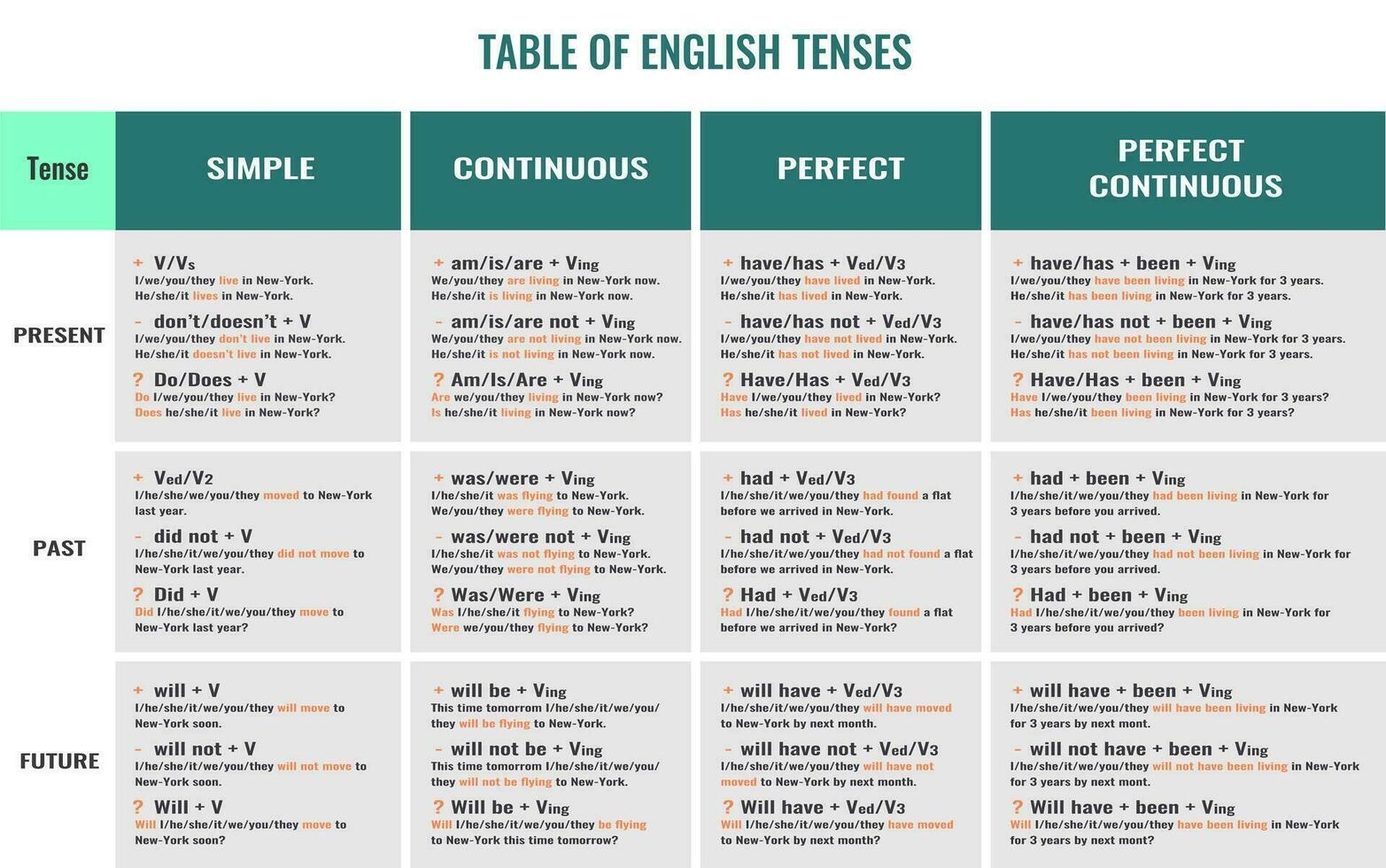Understanding tenses is crucial in mastering the English language. Tenses help us to indicate the time at which an action takes place. In English, there are various tenses that are used to convey different meanings and nuances in communication.
Whether you are writing an essay, having a conversation, or reading a book, a good grasp of tenses will greatly enhance your language skills.
Tenses in English
In English, there are three main tenses: past, present, and future. Each tense is further divided into four aspects: simple, continuous, perfect, and perfect continuous. This makes a total of 12 tenses in English grammar.
The present tense is used to describe actions that are currently happening, habitual actions, or general truths. For example, “I walk to school every day.” The past tense is used to talk about actions that have already happened. For example, “She finished her homework last night.” The future tense is used to express actions that will happen in the future. For example, “They will visit us next week.”
Each tense has its own set of rules and variations, making it important to pay attention to verb conjugations and sentence structures. It is also essential to understand the correct time markers that go with each tense in order to convey the intended meaning accurately.
Practicing the different tenses through exercises, conversations, and readings can help improve your proficiency in using them effectively. By familiarizing yourself with the rules and patterns of each tense, you will be able to communicate more clearly and confidently in English.
Overall, mastering tenses in English is a key aspect of language learning. It allows us to express ourselves accurately and convey the intended message to others. With regular practice and attention to detail, anyone can become proficient in using tenses effectively in their communication.
